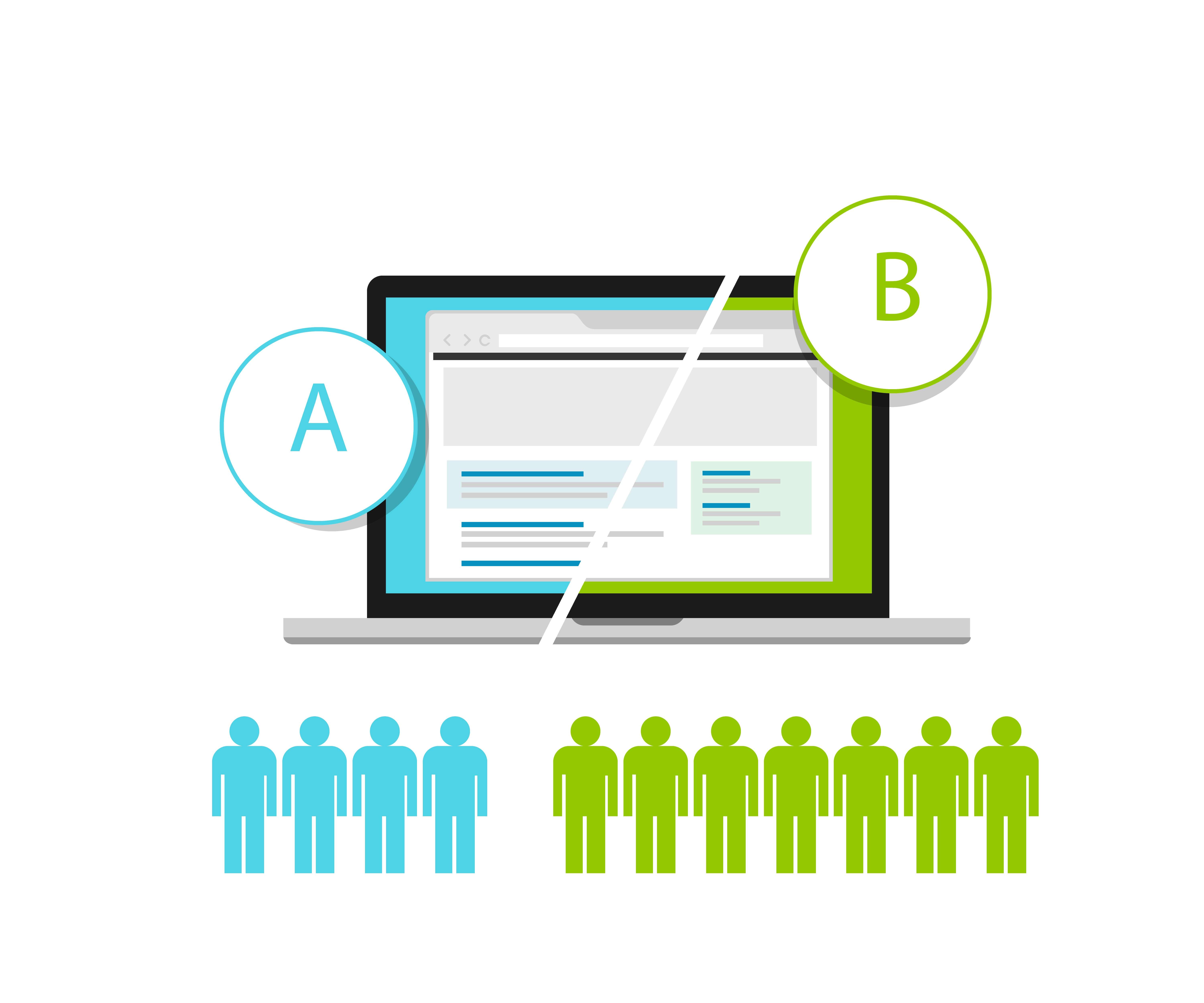Enhancing Email Deliverability with Authentication
 Just when you think you've got digital marketing mastered, a new set of rules is introduced making connecting with your target audience feel like shooting at a moving target. When digital marketing platforms' algorithms change, the factors that determine visibility and reach also change, and the content you shared that was once successful, may no longer perform as well. Each of these algorithm changes can result in a decline in visibility and reach.
Just when you think you've got digital marketing mastered, a new set of rules is introduced making connecting with your target audience feel like shooting at a moving target. When digital marketing platforms' algorithms change, the factors that determine visibility and reach also change, and the content you shared that was once successful, may no longer perform as well. Each of these algorithm changes can result in a decline in visibility and reach.
Social and search platforms update their rules and features frequently, making it increasingly challenging to maintain consistent visibility.
That’s why email has become more important than ever.
Unlike social media posts or search rankings, email lands directly in your subscribers' inboxes, providing a reliable and personal communication channel. Focusing on building a robust email strategy can help ensure your message gets delivered and stays top-of-mind.
But email platforms have their own "algorithm" changes. Recent updates to email regulations by giants like Yahoo and Gmail have made it essential for businesses to stay informed and compliant. It's important to understand these new regulations and how authentication methods such as SPF, DKIM, and DMARC can enhance email deliverability.
Understanding the New Regulations
Many email service providers make frequent updates to their regulations to combat spam and enhance security. These changes focus on improving user experience by ensuring that only legitimate and relevant emails reach their users' inboxes. Here’s a closer look at the most recent regulations:
- Stricter Spam Filters: Both Yahoo and Gmail have tightened their spam filters, making it harder for mass emails to land in the inbox unless they meet specific criteria.
- Enhanced Security Protocols: Most email service providers (ESPs) now require additional adherence to security protocols, including the use of the authentication methods outlined below.
- User Engagement Metrics: Engagement metrics such as open rates, click-through rates, and user interactions have always been important in determining sender reputation, but they are increasingly important as ESPs get smarter.
How Email Authentication Can Help
To comply with these new regulations and improve email deliverability, it's essential to stay ahead of and implement robust authentication methods. Let's explore the key authentication methods that can help your emails pass through these stringent filters and reach your audience effectively.
SPF (Sender Policy Framework)
What is SPF? SPF is an authentication protocol that helps identify/verify email servers allowed to send email for a specified domain. SPF is traditionally required for the envelope return path domain, the address to which bounces will be sent.
How It Works: SPF allows domain owners to specify which mail servers are permitted to send email on behalf of their domain. SPF records are added to a Domain Name System (DNS) to provide an approved list of senders to send emails from that domain. When an email is received, the receiving servers check your SPF record to verify that incoming messages that appear to be from your organization are sent from servers allowed by you.
DKIM (DomainKeys Identified Mail)
What is DKIM? Most inbox service providers prefer emails authenticated by DKIM. Emails sent without DKIM authentication are more likely to bounce, quarantine, or be categorized as spam. DKIM is a method of email authentication aimed at preventing email spoofing, phishing, and message tampering. Spoofing is a type of attack in which the From: address of an email message is forged. A spoofed message appears to be from the impersonated organization or domain.
How It Works: DKIM enables subscribers to review an email sender to ensure it's legitimate. Without DKIM, messages sent from your organization or domain are more likely to be marked as spam by receiving mail servers.
DKIM uses cryptographic authentication by adding a digital signature to the email’s header. The receiving mail server verifies this signature using the sender’s public key published in the DNS. DKIM detects when a message has been modified, and when unauthorized changes are made to the message From: address.
DMARC (Domain-based Message Authentication, Reporting & Conformance)
What is DMARC? DMARC (Domain-based Message Authentication, Reporting, and Conformance) is a DNS record that helps protect email domains from being impersonated by hackers and other attackers. It's another standard email authentication method that helps prevent spoofing and spam. DMARC builds on SPF and DKIM to provide a comprehensive way to protect email domains from being used for phishing and email fraud.
How It Works: DMARC helps mail administrators prevent hackers and other attackers from spoofing their organization and domain. DMARC allows domain owners to publish a policy specifying which mechanisms (SPF, DKIM, or both) are employed, and how receiving mail servers should handle emails that fail authentication checks. Adding a DMARC record gives email providers another way to confirm how to process emails sent from your domain that do not pass SPF and DKIM checks.
With DMARC in place, you can also request reports from email servers that get messages from your organization or domain. These reports provide information to help you identify possible authentication issues and malicious activity for messages sent from your domain.
Compliance with the new email regulations is essential for achieving high email deliverability rates. Using authentication methods like SPF, DKIM, and DMARC can enhance your sender reputation and ensure your messages reach your audience.
Checking for Compliance
One of the best resources for checking your domain health, including your SPF, DKIM, and DMARC settings, is MXToolbox. Here’s how you can use it to analyze and monitor your email domain's health:
- Check your domain’s MX records to ensure they are configured correctly.
- Verify your SPF record to confirm it is set up correctly.
- Check the DKIM records to ensure the digital signature is valid and correctly implemented.
- Review your DMARC record to verify it is configured properly and monitor reports on email delivery and authentication.
- Ensure your domain or IP address is not listed on any email blacklists, which can affect deliverability.
Integrating robust email authentication methods and regularly monitoring your domain health with tools like MXToolbox will help you maintain a high sender reputation and achieve better email deliverability.
Additional Resources
- Prevent spam, spoofing & phishing with Gmail authentication
- Overview of email authentication
- Manage your email authentication in HubSpot
- For another way to check for Yahoo/Gmail compliance and header issues, go to the Aboutmy.Email website, copy the unique email address it provides, and send your newsletter or campaign to that address to receive a detailed report, checking your domains, headers, content and more to identify issues.
Feel free to reach out if you have any questions or need further assistance optimizing your email deliverability!




